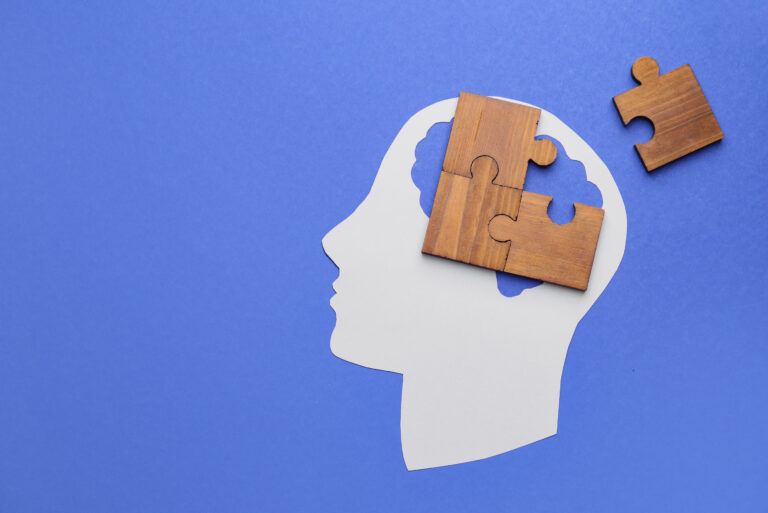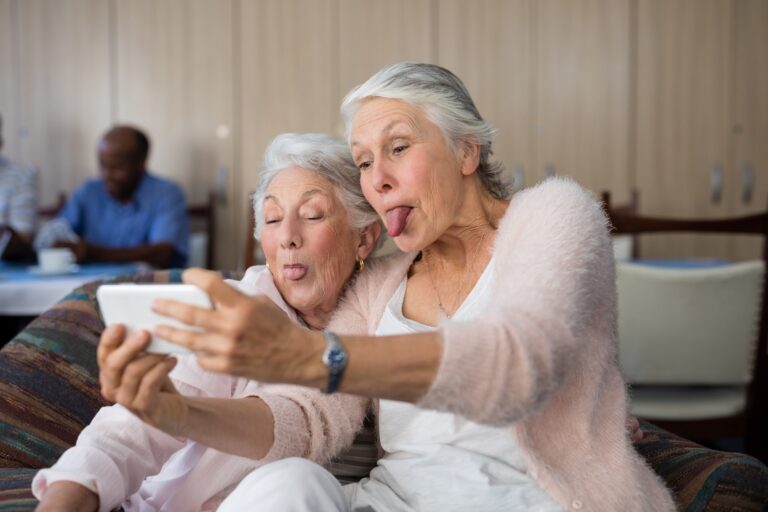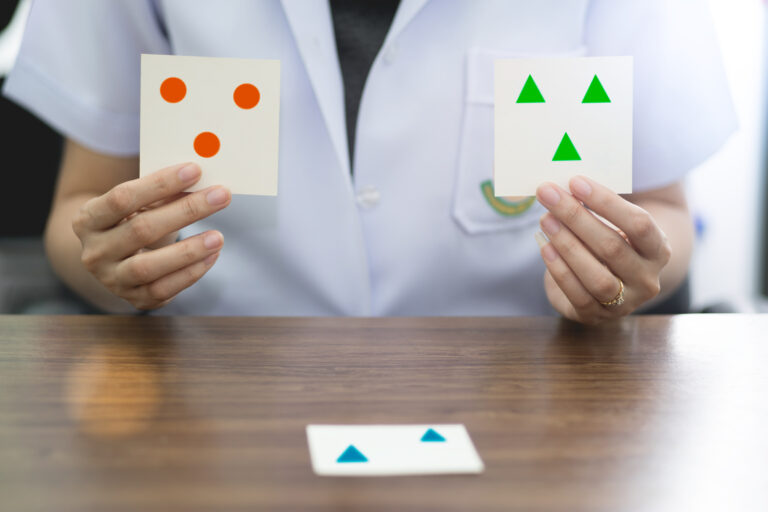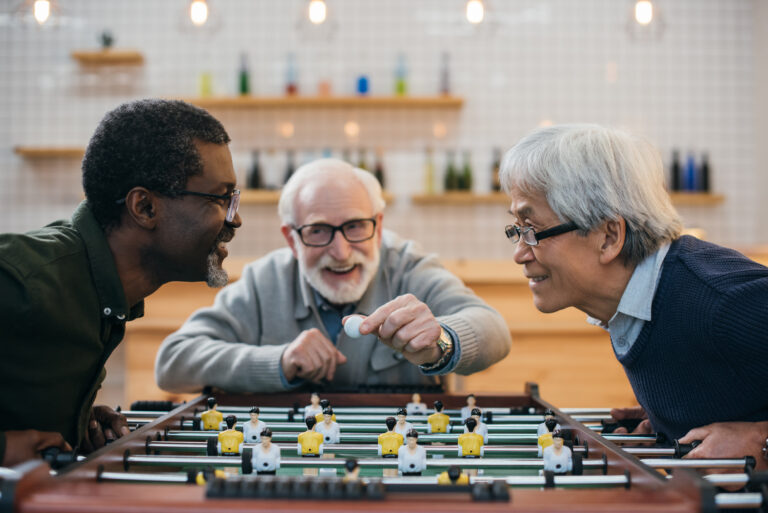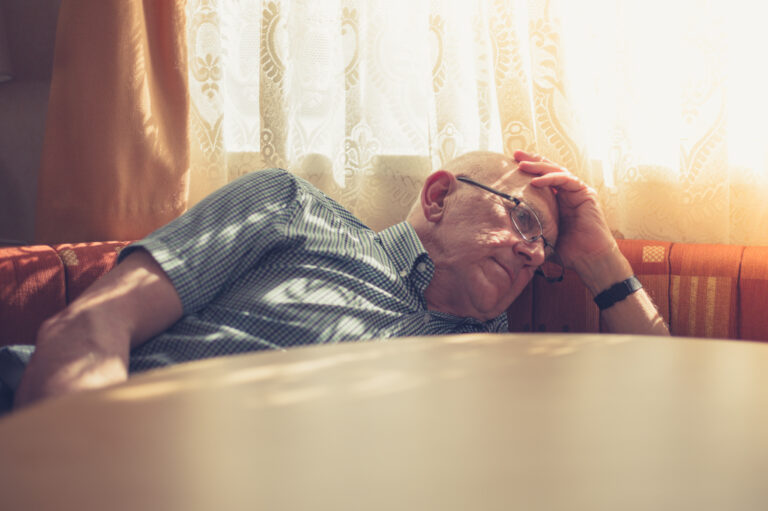When you look in the mirror, you might think you’re seeing yourself exactly as others see you. But the truth is, your mirror is lying to you — or at least showing a version of yourself that’s not quite real.
The main reason for this trickery is that mirrors flip your image horizontally. What’s on your right side appears on the left in the reflection, and vice versa. This reversal creates an image that feels familiar because it’s what you’re used to seeing every day. Your brain gets comfortable with this flipped version of your face and body, so when you see photos or videos where things aren’t reversed, it can feel strange or even unsettling.
But there’s more to why mirrors don’t tell the whole truth about how you look. Unlike photos taken by cameras, mirrors show a three-dimensional reflection — they capture depth and shape naturally because light bounces off your face directly back to your eyes. Photos flatten this into two dimensions, which can distort features depending on lighting and camera angles.
Speaking of cameras: selfies often make people look different from their mirror reflections because of lens distortion. Selfie cameras usually have very short focal lengths due to their small size and close proximity to your face. This causes parts of your face closer to the lens (like your nose) to appear larger than they really are while pushing other features back visually.
Changing how far away from the camera you hold it or using different lenses can dramatically alter how wide or narrow parts of your face appear in pictures. Professional photographers use longer lenses that compress facial features slightly, making subjects look more flattering compared to typical phone selfies.
So neither mirrors nor photos give a perfect picture—they each show a slightly warped reality shaped by physics and technology:
– Mirrors reverse left and right but preserve 3D depth.
– Cameras flatten images into 2D but don’t flip them.
– Selfie lenses exaggerate nearby features due to distortion.
– Lighting and angles further change appearances in both mediums.
This explains why many people feel like their “true self” lies somewhere between what they see reflected back at them daily versus what appears in photographs online or on social media.
Understanding these quirks helps us be kinder toward ourselves when we notice differences between our reflections and pictures—and reminds us not to trust any single view as absolute truth about our appearance. Your mirror isn’t lying out of malice; it just shows one version shaped by light bouncing off glass—one piece in a puzzle made up by perception, optics, and technology working together in surprising ways.
